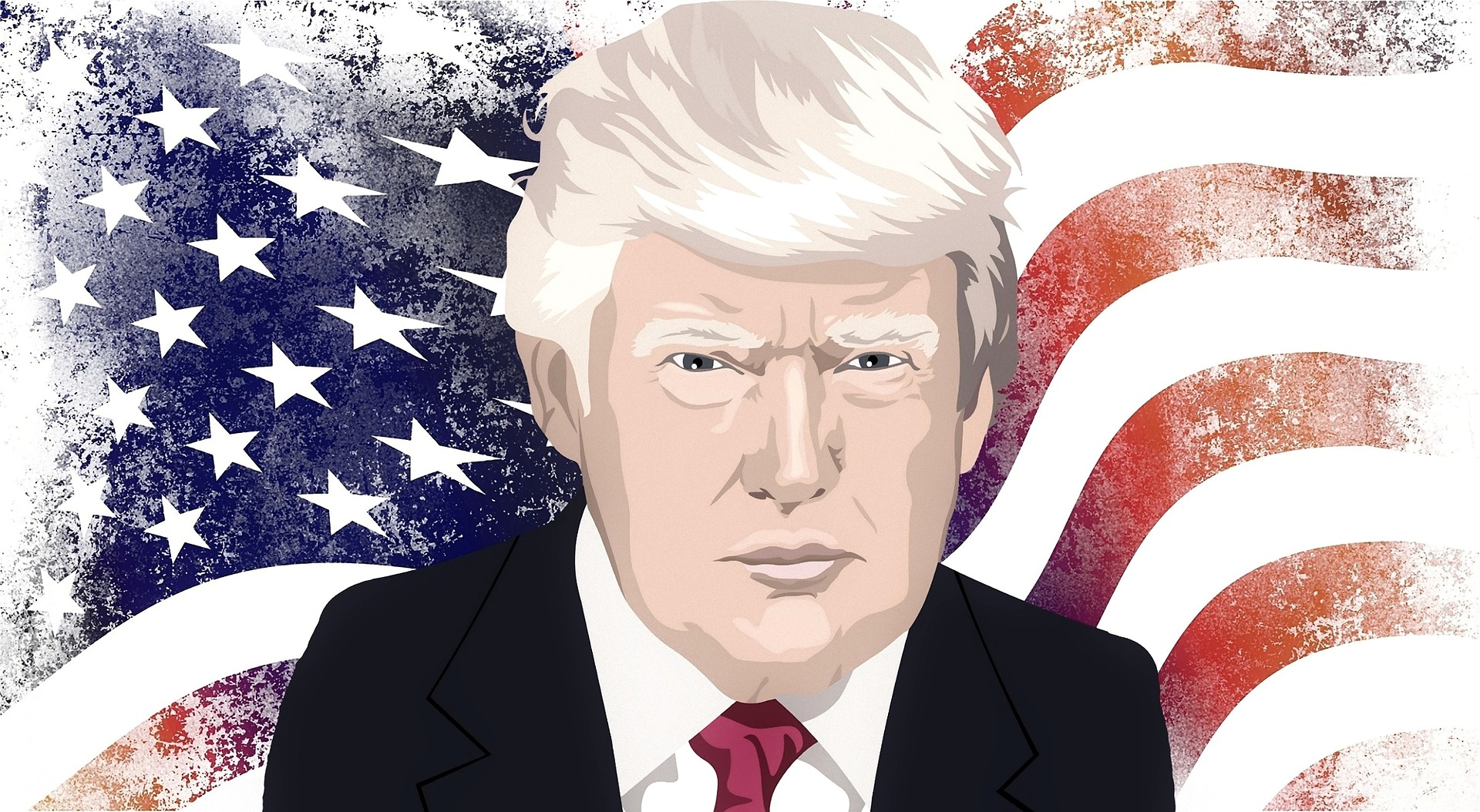Immigrating to a different country is usually an engaging and exhausting process, and you need to employ the services of an immigration company. As if the process itself is not vigorous enough, you also need to choose from the tens of immigration companies available. If you are intending to move to Canada, you should be particularly on the lookout for unscrupulous individuals who are out to steal from you in the name of helping you move into the country.
Many people have lost money and wasted valuable time and resources to fake Canada immigration consultants. That’s why you need to take these measures to avoid these scams and have a seamless and worthwhile experience while immigrating to Canada.
1. Look for Licensing and ICCRC Membership:
One of the leading ways to spot a scam immigration company is that they will not be licensed. Only companies that are registered and have received a license to offer immigration consultancy services are legitimate. Avoid consultancy firms that promise to be legit but have no valid license as proof of their authenticity. Additionally, you may want to check that the company is a member of the Immigration Consultants of Canada Regulatory Council (ICCRC) and has a good record with the body. Firms that are not registered under this body or which have a bad record may end up letting you down in the end.
2. Stay Away from Sweet Deals:
Most immigration fraudsters offer sweet deals that are meant to entice potential immigrants and encourage them to seek immigration services from their firms. For example, a company may promise faster processing of your immigration application, successful applications, and job offers with no interviews. All these promises are usually untrue and meant to scam you of your hard-earned cash. Only the Immigration, Refugees, and Citizenship Canada (IRCC) offices have the ability to determine application processing times, including whether it will be approved or rejected. Remember, you won’t be getting a job without attending an interview. Therefore, if anyone promises you these things, they are scammers.
3. Don’t Click on Phishing Emails:
Canada immigration consultancy fraudsters have for a long time used phishing to con unsuspecting immigrants. You open your email and find mail from a consultancy company offering immigration services. Before getting all excited that you have found an immigration company without breaking a sweat, think twice. Most legitimate companies will not send you mail unless you subscribed to their mailing list. Whoever is emailing you is probably a con, and you should desist from replying to that email or providing any of your personal or bank info.
4. Do Online Research:
The Internet is a goldmine of information, and it can save you from falling into the traps of unscrupulous Canada immigration consultants. There are various sites that allow you to research and find out whether an immigration consultancy firm is legitimate. You can also get online reviews of individuals who have used the services of these firms. Steer clear of firms that have been labeled as illegitimate. What’s more, avoid those that have low star ratings (below 3 stars) as the chances are that previous clients have had bad experiences with them.
If you are deciding to move to Canada, you need to be aware of some of the civil and criminal law systems that operate there. For example, a fraud under $5000 is considered to be a small offense and is termed as usually a civil case. On the other hand, if you are guilty of committing a fraud over the $5000 mark, then the same can be classified as a criminal offense. Make sure you get a complete list of all official and legal rules and regulations from your immigration agency before you step into the country.
5.Get Recommendations:
One of the sure ways to avoid being scammed is by getting recommendations from close friends, friends of friends, or family. Do you know someone who immigrated to Canada? If so, they can hook you up with the Canada immigration consultant who helped to process their application. Doing this helps you to get first-hand information on how the company is, their customer service, and reliability. Additionally, you can also learn what is required during the application process.
Final Thoughts:
Fraudsters are out to con Canada immigrants by making promises such as faster processing of applications, cheap deals, and even free jobs. Save yourself from these scams by observing the highlighted measures. Beware of companies that ask for an upfront payment that is not indicated on the IRCC website. If you aren’t sure about the legitimacy of a firm, check online, ask your friends, and look for valid ICCRC membership.
Read Also:






















